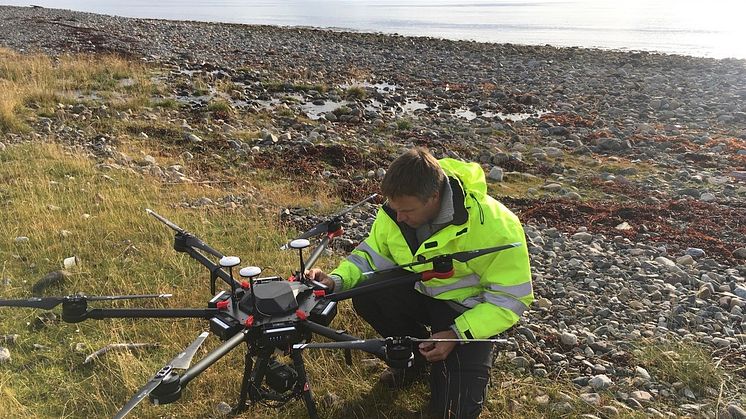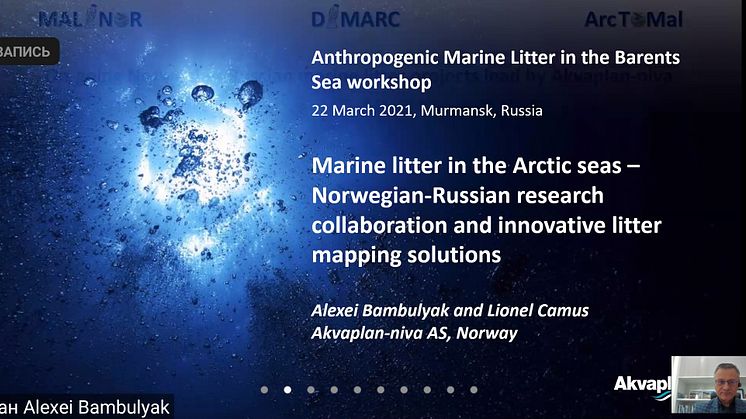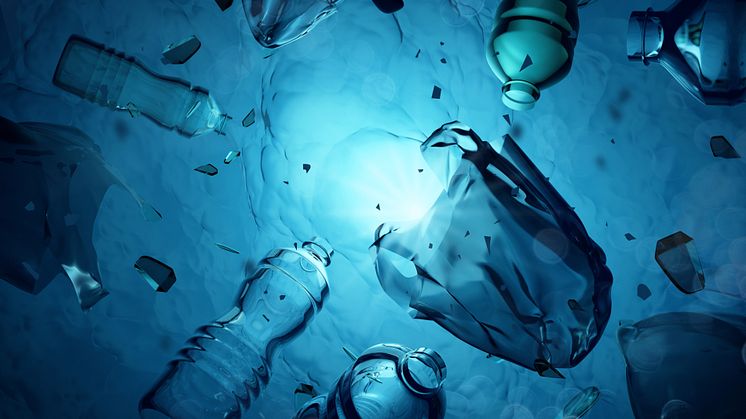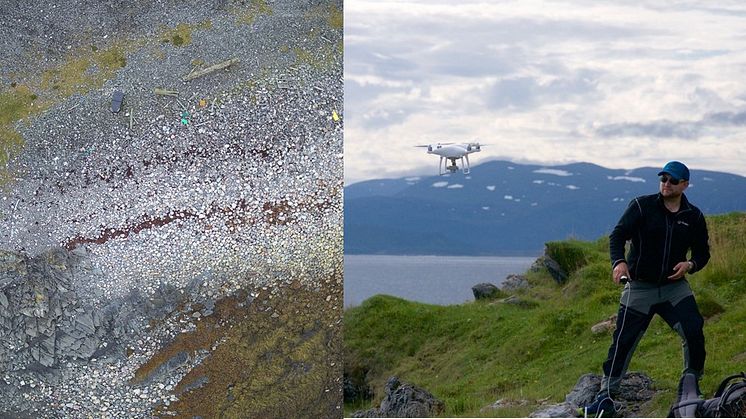
Nyhet -
Multicopter-drones map marine litter in the Arctic
Last week the “Remote sensing” fieldwork in the MALINOR project started at Varanger-halvøya in the eastern part of Finnmark county, Norway. Drone-pilot Lars Semb from Maritime Robotics and Frank Beuchel from Akvaplan-niva participated in the fieldwork. They mapped 3 beach locations in the proximity to the city of Vardø, using Multicopter-drones, operated by project partner Maritime Robotics. The beach localities had been chosen in collaboration with SALT Lofoten who is responsible for the on-ground identification of plastic litter in the MALINOR project (Mapping marine litter in the Norwegian and Russian Arctic Seas). The MALINOR project is financed by the Research Council of Norway.
The “Remote sensing” part of the project will compare different methods for visual mapping of plastic litter in beach areas. For this purpose we will utilize satelite images, multicopter, and wing-drones. In addition we will develop procedures for automatic image management, machine learning as a tool for quantifying marine litter.
More information about MALINOR:
Main goal
- The main objective of the project is to map areas of marine litter and describe its characteristics in the Norwegian Sea, Barents Sea, the High Arctic and the Kara Sea with a multi-disciplinary approach in collaboration with Norwegian and Russian institutions.
Secondary goals:
- to extract data from the scientific & grey literature on the distribution of litter in the Norwegian and Russian Arctic;
- to identify ongoing activities on this topic both in Norway and Russia;
- to build up a joint Norwegian-Russian database;
- to perform mapping using multidisciplinary approaches: robotics, digital solutions, GIS;
- to develop a predictive tool for litter distribution using high resolution ocean model;
- to disseminate the findings to the student, public, civil industry, and policy makers in respective countries and globally).
Partners:
- Akvaplan-niva (project manager)
- SALT Lofoten, Norway
- Maritime Robotics, Norway
- UNIS, Norway
- NILU, Norway
- GRID-Arendal, Norway
- Meteorologic Institute, Norway
- UiT – The Arctic University of Norway
- MMBI KSC RAS, Russia
- State Oceanographic Institute, Russia
- Association Marine Heritage, Russia
- WWF Barents Sea Office, Russia
Contacts:
- Lionel Camus, project manager – lc@akvaplan.niva.no
- Alexei Bambulyak, project coordinator Russia – ab@akvaplan.niva.no


